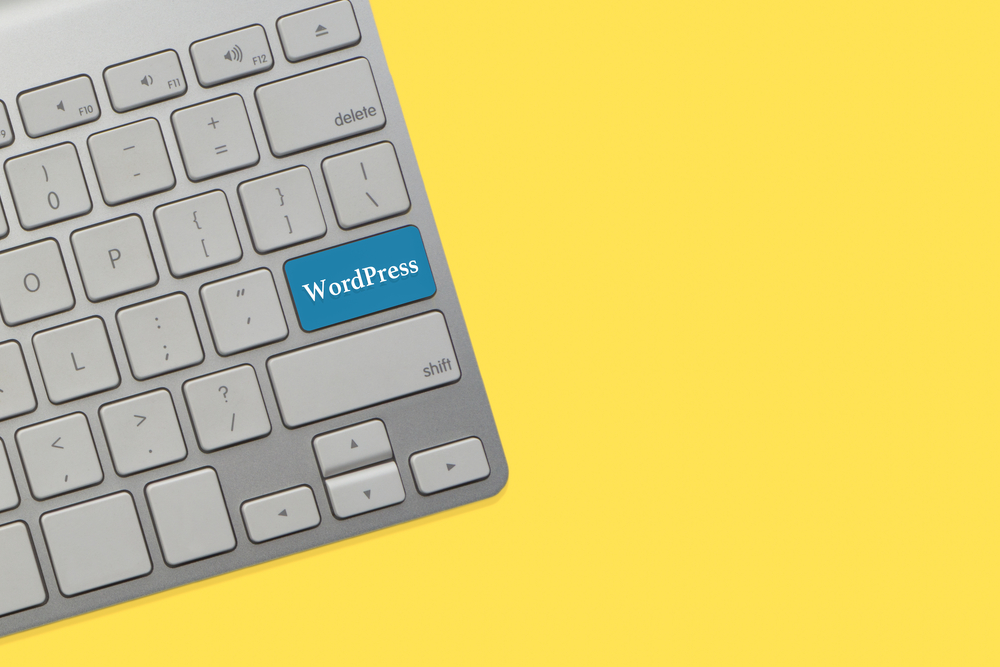
WordPress has emerged as one of the most popular content management systems (CMS) in the world. It powers millions of websites, blogs, and online stores. Its user-friendly interface, customizable themes, and extensive plugin library make it an ideal choice for individuals and businesses looking to establish an online presence. Whether you're a beginner or an experienced user, this article will provide you with essential tips and tricks to help you customize and maintain your WordPress (the platform for bloggers) website effectively.
1. Choosing the Right ThemeThe appearance of your website plays a crucial role in attracting and retaining visitors. With thousands of themes available, it's important to choose one that suits your website's purpose and enhances its usability. Look for a responsive theme that adapts to different screen sizes, ensuring an optimal viewing experience across devices. Additionally, consider factors such as customization options, load time, and customer reviews when selecting a theme. Remember, the right theme will lay the foundation for your website's success.
2. Customizing your Theme
WordPress provides numerous customization options that allow you to tailor your website's appearance to your liking. The Customizer feature, accessible through the Appearance menu, offers a range of settings for modifying colors, typography, header and footer options, and more. It enables you to preview changes in real-time, ensuring that you're satisfied with the final result. Additionally, many themes come with custom widget areas, allowing you to easily add content such as banners, testimonials, or social media feeds to specific sections of your website.
3. Harnessing the Power of Plugins
Plugins are one of the biggest advantages of using WordPress. They extend the functionality of your website and enable you to add features without the need for coding. Whether you want to enhance SEO, improve security, integrate social media, or create an online store, there's likely a plugin available to meet your needs. Before installing a plugin, ensure that it's well-reviewed, regularly updated, and compatible with your version of WordPress (the blogging platform) . Excessive use of plugins, however, can slow down your website's performance, so choose wisely and delete any unused ones.
4. Optimizing Performance
Website speed is crucial for user experience and search engine optimization. Slow-loading websites not only frustrate visitors but also rank lower in search engine results. Optimizing your website's performance should be a priority. Start by regularly updating WordPress (or WP) , themes, and plugins to ensure they are running on the latest versions. Next, optimize your images by using compression plugins or online image optimization tools. Additionally, consider using a caching plugin to improve load times. By implementing these measures, you can ensure that your website provides a seamless experience to your visitors.
5. Implementing Basic SEO Practices
Search engine optimization (SEO) is essential for increasing your website's visibility in search engine results. WordPress (WP) offers several built-in SEO features, such as customizable permalinks, meta tags, and XML sitemaps. However, to maximize your website's SEO potential, consider installing an SEO plugin like Yoast SEO or All in One SEO Pack. These plugins offer advanced features like keyword optimization, content analysis, and XML sitemap generation. Optimizing your content for relevant keywords and regularly producing high-quality, engaging content will also contribute to improved search engine rankings.
6. Taking Regular Backups
Website backups are crucial for safeguarding your data. They protect you from potential data loss due to hacking, server issues, or accidental data deletion. WordPress offers several backup plugins that enable automatic backups to remote storage services like Dropbox or Google Drive. Additionally, your hosting provider may offer backup services as part of their package. Whichever option you choose, ensure that backups are scheduled regularly and that you can easily restore your website in case of an emergency.
7. Staying Secure
Website security should be a priority for every WordPress user. Ensuring that your website is secure not only protects your data but also maintains the trust of your visitors. Start by using strong passwords and regularly updating them. Avoid using generic usernames such as "admin" and consider implementing two-factor authentication for enhanced security. Additionally, keep WordPress, themes, and plugins up to date to prevent vulnerabilities. Installing a security plugin can provide added protection against potential threats.
Frequently Asked Questions:
Q1. Can I switch themes without losing my content?A1. Yes, switching themes in WordPress does not delete your content. However, depending on the new theme's layout, you may need to make adjustments to ensure that your content displays correctly.
Q2. How can I speed up my WordPress website?
A2. Several measures can help speed up your WordPress website. These include optimizing images, using caching plugins, regularly updating WordPress and plugins, and choosing a reliable hosting provider.
Q3. Can I make my WordPress website multilingual?
A3. Yes, you can easily create a multilingual WordPress website using plugins like WPML or Polylang. These plugins allow you to translate your content into multiple languages and provide language switchers for visitors.
Q4. What should I do if my website gets hacked?
A4. If your WordPress website is hacked, it's important to act quickly. Start by contacting your hosting provider for assistance. Restore a backup of your website and update all passwords. Consider installing a security plugin to prevent future breaches.
Q5. How can I improve the SEO of my WordPress website?
A5. To improve the SEO of your WordPress website, focus on optimizing your content for relevant keywords, using SEO plugins like Yoast SEO or All in One SEO Pack, regularly producing valuable content, and obtaining high-quality backlinks from reputable websites.
Mastering WordPress is an ongoing process that requires continuous learning and exploration. By implementing the tips and tricks mentioned in this article, you'll be able to customize and maintain your WordPress website effectively. Remember, WordPress offers a vast and supportive community, so don't hesitate to seek additional guidance whenever needed.
Other useful resources
- https://www.wordpress24plus.com/wordpress-tools-directory/wordpress-plugins/
- https://www.wordpress24plus.com/wordpress-tools-directory/